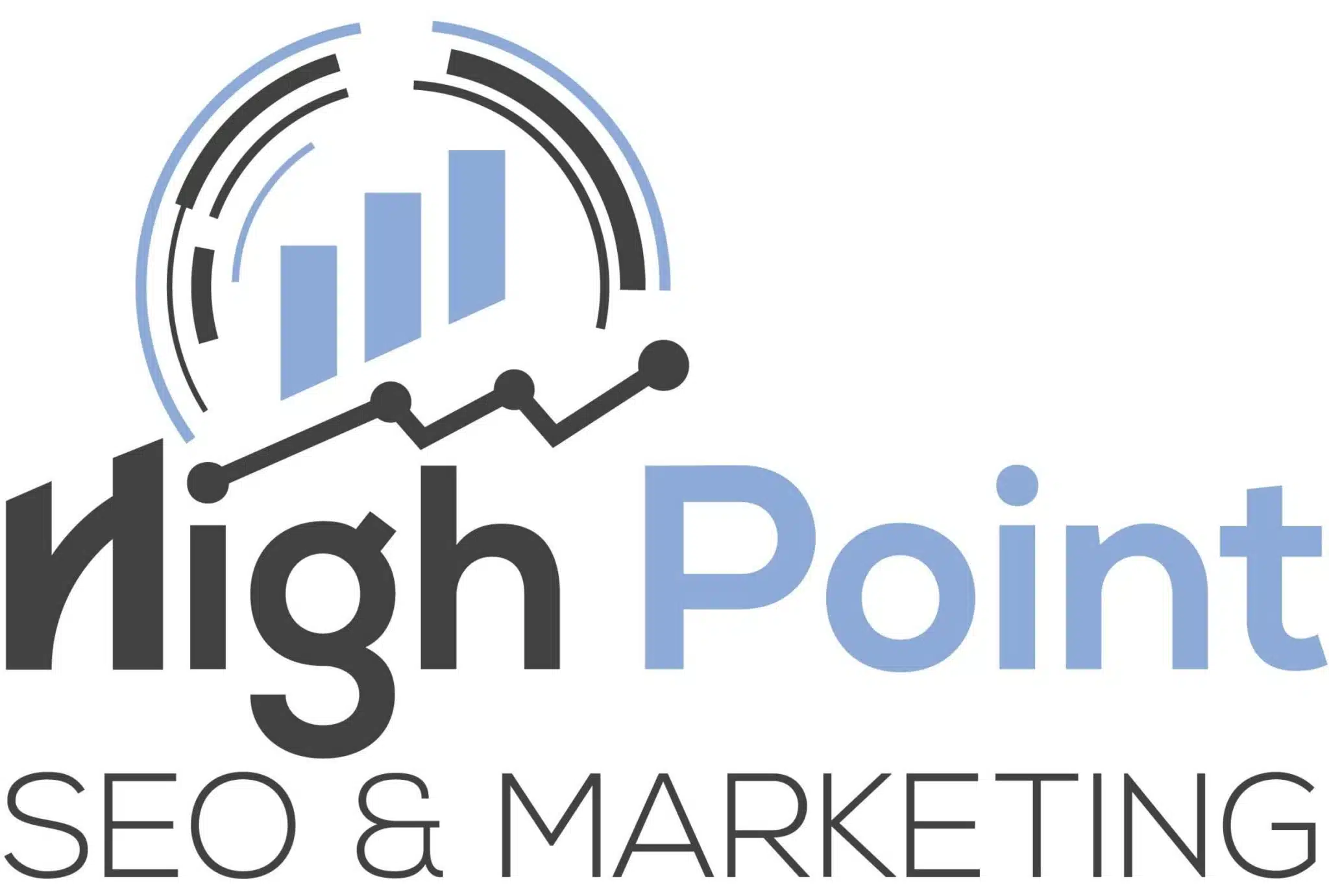What is Crawling in SEO?

Have you ever wondered how Google or other search engines find and index web pages? The answer is crawling. Crawling is among the most crucial concepts of Search Engine Optimization (SEO), which is often misinterpreted. This guide will cover the meaning of crawling, how crawling works and why crawling is the key to the success of your web site on the Internet.
Introduction to Crawling in SEO
To put it in plain words, crawling is a process through which search engines get to know the new and updated information over the internet. It can be a new post in the blog, a product page, or a picture, but before it appears on the search results, search engines should crawl it.
How Search Engines Crawl Websites
Google, Bing and Yahoo search engines employ some special software known as web crawlers or bots that search the internet. These bots go through web pages, cling to the links in these pages and gather information.
The process is illustrated by the following very basic way:
- The crawler will begin with a list of known URLs.
- It crawls such URLs and searches links.
- It also follows the links in order to access more pages.
- It gathers information on such pages.
- The data obtained are transferred to the index of the search engine.
This is an ongoing process that takes place at a massive rate. Millions of pages are being crawled on a daily basis.
Crawling vs. Indexing: What’s the Difference?
Many people confuse crawling with indexing, but they are two separate steps in the SEO process:
- The discovery process is known as crawling. Pages are found and analyzed by bots.
- The process of storing is known as indexing. After crawling a page, it could be included in the index of the search engine.
- Imagine it in this manner: Crawling is like a librarian finding the new book, indexing is like inserting the new book into the library catalog in order that other people can locate it.
- Unless the page has been crawled, it will not be indexed. And when it is not indexed, it will not be found in the search engine.
What is a Web Crawler or Spider?
A web crawler is a computer program that is used to navigate the internet and read internet pages automatically. The most famous crawler is Googlebot that is employed by Google. There are also Bingbot to Bing and Slurp to Yahoo.
Crawlers appear as robotic web browsers. They are page to page, reading what is where and clicking links and gathering information to enable the search engines to know what your site is all about.
Why Crawling is Important for SEO
The initial step towards appearing on search results is crawling. Otherwise, nothing occurs without crawling.
Here’s why it matters:
Visibility: Your site will not come in search result unless crawled.
Freshness: Crawlers give the search engines an idea of when you update your content or when it is new.
Traffic: The more pages crawled and indexed the more chances of ranking on the keywords.
In short, no crawling = no indexing = no organic search traffic.
Factors That Affect Crawling
Not every website is crawled the same way or at the same frequency.
Several factors can impact how often and how deeply your site is crawled:
Website Structure
The site structure is clean and logical and allows bots to access and interpret information about your content. The architecture of the flat sites (the pages near the home page) is considered to be simpler to crawl as compared to deep or complex sites.
Crawl Budget
Each of the sites is assigned a crawl budget by search engines. It is the volume of pages that will be accessed by a crawler within a certain period of time. This is something that big sites particularly should pay attention to, so that crucial pages may not be overlooked.
Robots.txt File
The crawlers are informed of what they can and cannot access by this file. Badly configured robots.txt files may prevent crawlers access to pages that a crawler needs.
Page Load Speed
Slow websites may be difficult to crawl. A site with high loading speed makes bots crawl more pages within a short period of time.
Duplicate Content
In the case of excessive duplication of content on your site, bots might spend more time crawling redundant pages, which is not very efficient, and might also impact on your crawl budget.
How to Make Your Site Crawlable
In order to achieve maximum outcomes of crawling, your site must be friendly to the bot.
Here are some best practices:
Submit a Sitemap
Sitemap.xml file enumerates all the pages of your website and assists in search engine knowledge on which pages to crawl. You may provide your sitemap by using such tools as Google Search Console or Bing Webmaster Tools.
Fix Broken Links
This is because the 404 (Not Found) pages can confuse the crawlers, and have an undesirable user experience. Locate broken links and repair them with the help of such tools as Google Search Console or Screaming Frog.
Use Internal Linking
Make links to what you have written where it fits. Internal links help the crawlers to access new or deep pages that would otherwise be overlooked.
Optimize Site Speed
The speed of pages to load enhances crawling. Monitor the performance of your site through Google PageSpeed Insights or similar tools such as GTmetrix and find out what needs to be done.
Update Content Regularly
The search engines are fond of new content. Frequent updates motivate bots to visit your site on a more frequent basis.
Tools to Monitor Crawling
Several free and paid tools help you understand how crawlers interact with your website:
Google Search Console: Displays the crawled pages, indexing, the crawl errors.
Bing Webmaster Tools: As with Google, this is an application dedicated to the performance of Bing search.
Screaming Frog SEO Spider: This is a simulation of a search engine crawler crawling your site and is able to reveal technical SEO problems.
Ahrefs / SEMrush: Sites audit facilities are availed in these tools which indicate crawling and indexing issues.
Common Crawling Issues
Crawling may also result in well-designed websites; here are a few common ones:
Blocked by Robots.txt
It is difficult not to inadvertently block search engine crawlers of your site. Always have a look at your robots.txt settings.
Noindex Tags
The presence of a “noindex” tag in a page makes the page not to be added to the index in search engines. This comes in handy in certain situations but it can be detrimental once it is inserted on valuable pages accidentally.
Redirect Chains
The excessive number of redirects in a sequence (301 or 302) is liable to disorient crawlers or frustrate them.
Orphan Pages
These are pages that have no links on it in your site. Crawlers can never access a page which does not have any links.
Server Errors
In the case of the errors that your server returns such as the 500 Internal Server Error, crawlers can cease visiting your site or can skip important contents.

 Bill Yeager, Co-Owner of High Point SEO & Marketing in CT
Bill Yeager, Co-Owner of High Point SEO & Marketing in CT